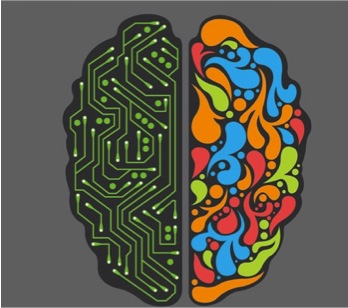Understanding the structural and functional neuroanatomy of neuropsychiatric symptoms
An area related to our investigations of socioemotional functioning is the anatomic basis of neuropsychiatric symptoms in our patients. With the progression of these neurodegenerative diseases, specific circuits in the brain are disrupted, and our patients show a full range of psychiatric symptoms such as anxiety, depression, mania, apathy, emotion dysregulation, and even psychosis (Rankin, 2006). However, still very little is known about the specific mechanisms involved in the appearance of these symptoms. We are measuring specific psychiatric symptoms in our patients through questionnaires and interviews, and are analyzing those symptoms in conjunction with our patients’ structural and functional brain scans to identify causal relationships.
Psychosis, for example, is understudied and widely misunderstood. Clinicians have relied on the premature assumption that psychosis in dementia is similar to psychosis in psychiatric illnesses that affect the young, such as schizophrenia. Although phenomenologically related, the two may have completely difference biologies, as evidenced by the limited benefit of classical antipsychotics in dementia. Psychosis is often the first sign of diseases, which has direct relevance to clinician's ability to identify the earliest brain networks affected in diseases, and thus the ability to predict the underlying neuropathology (Khan, 2012). Similarly, NDG can occur in patients with a lifetime history of depression, but patients can present with new depressive symptoms as their first sign of NDG, or can develop depressive symptoms during the course of their disease.
Using our findings from brain autopsy, clinical, and imaging data concurrently, we hope to both elucidate the specific clinical presentations of psychopathologies in our patients, and to clarify the underlying neural mechanisms for those symptoms.
|

